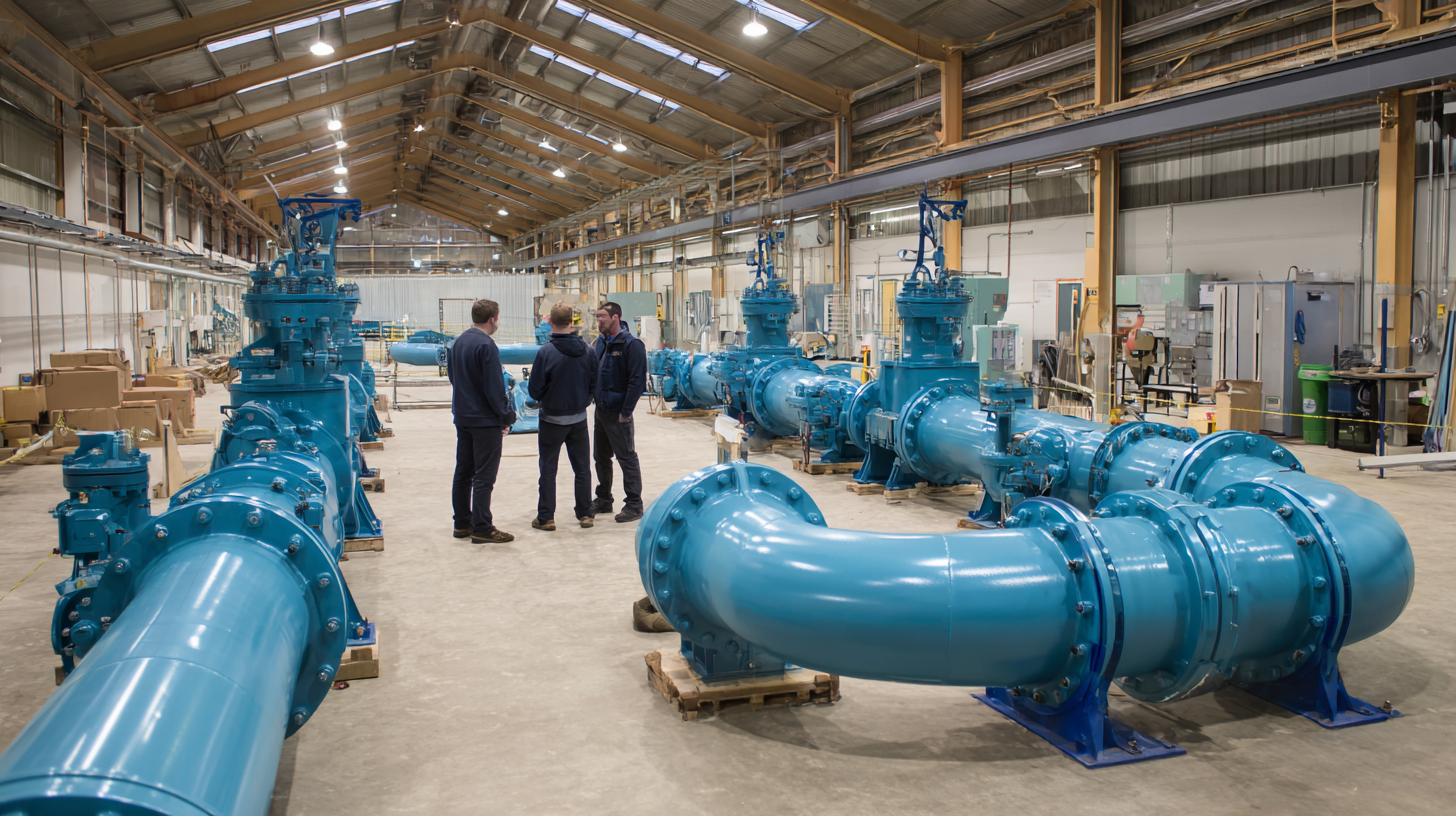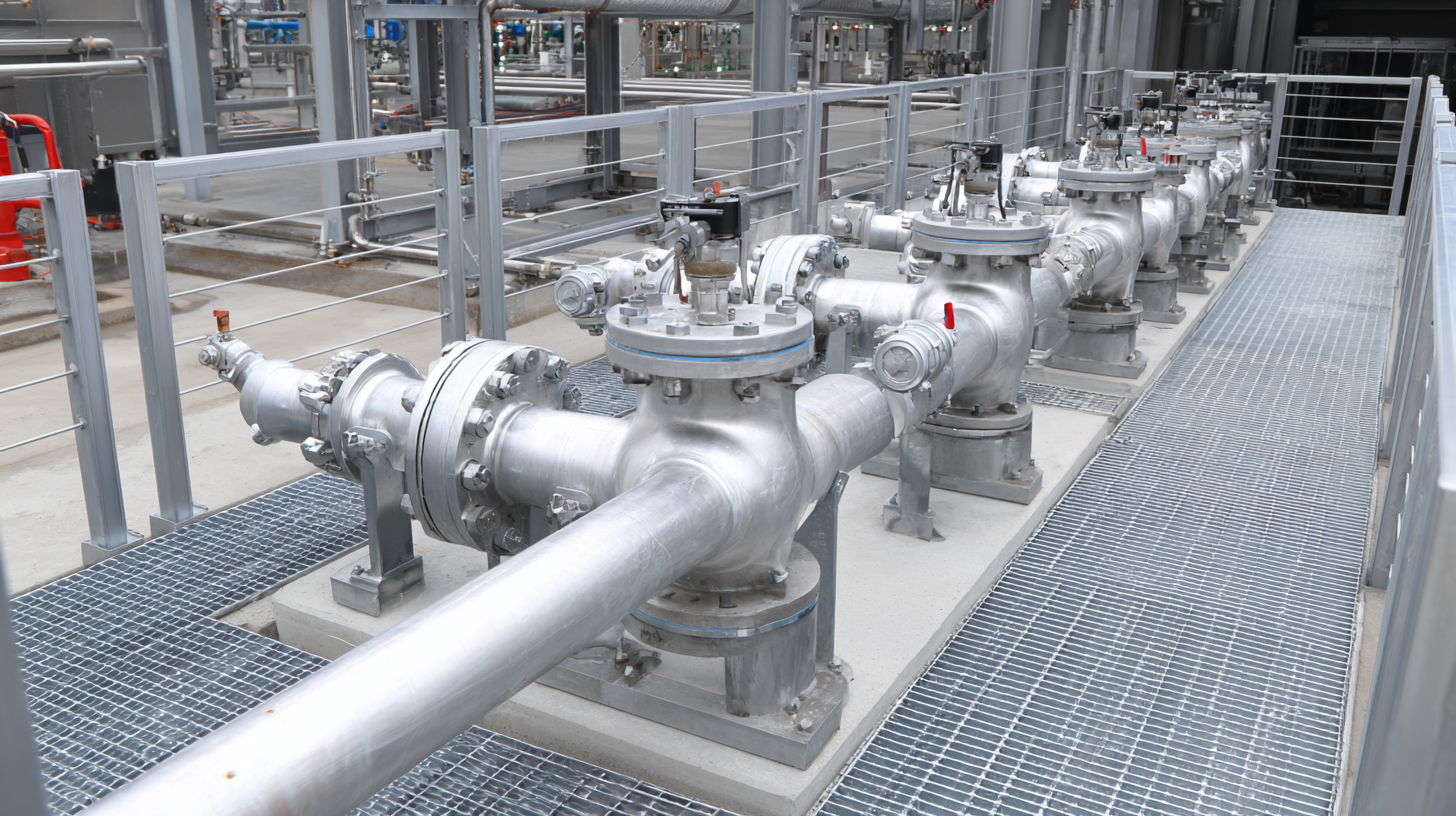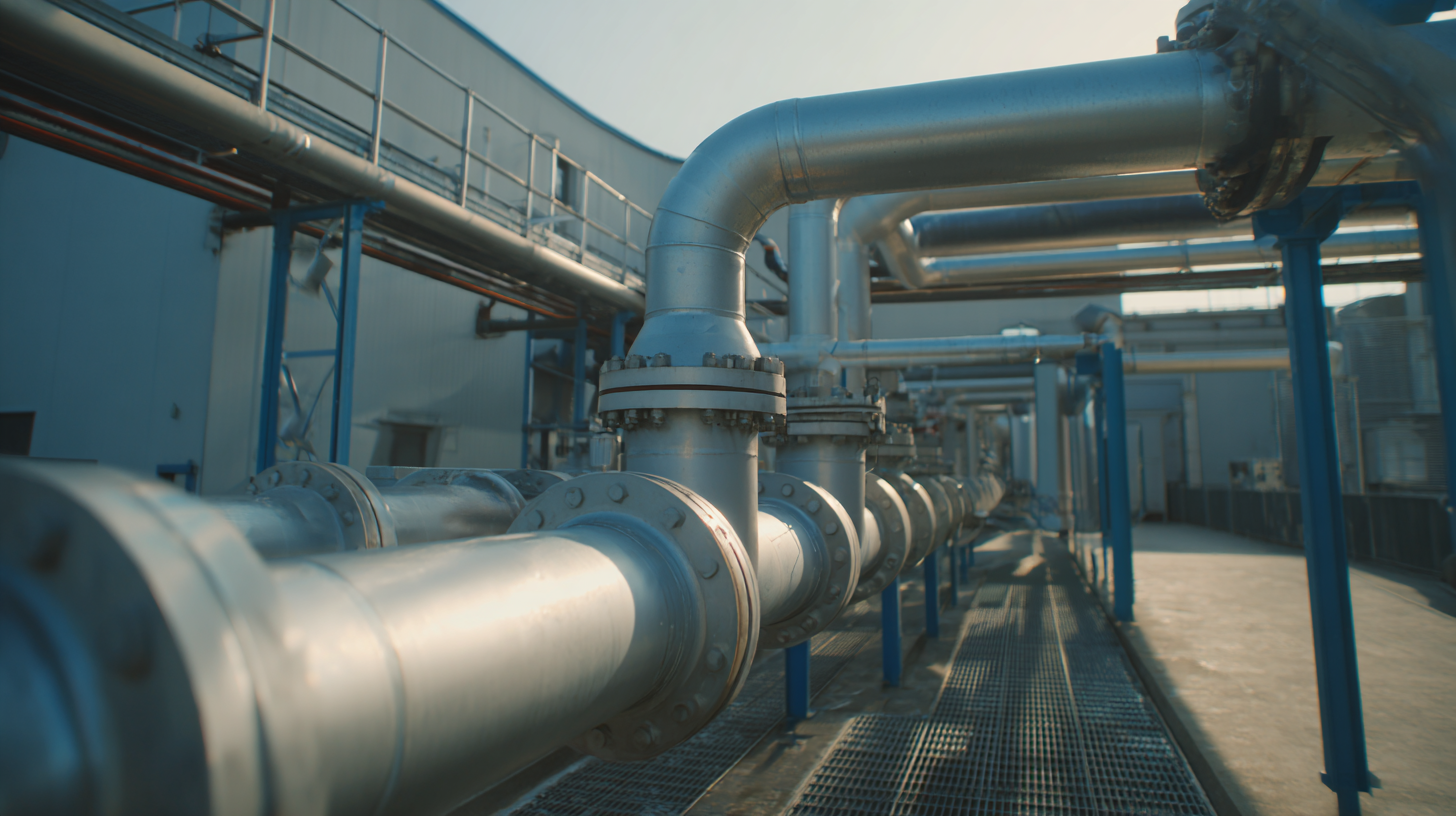In today's industrial landscape, effective drainage systems are crucial for maintaining operational efficiency and safety. According to a report by the American Society of Civil Engineers, inadequate drainage infrastructure can lead to significant losses, with flooding and water-related damages costing industries billions each year. As industries increasingly focus on sustainability and compliance with environmental regulations, the importance of optimizing drainage fittings becomes paramount. By selecting the right types of drainage fittings, businesses can enhance fluid management, minimize risks of wastewater contamination, and conform to stringent industry standards. This blog will explore the multifaceted benefits of improved drainage fittings in industrial applications, highlighting innovations that not only bolster performance but also contribute to environmental stewardship.

In the industrial sector, the importance of understanding production standards and specifications for drainage fittings cannot be overstated. Optimal drainage fittings play a critical role in maintaining efficiency and safety in various applications, from manufacturing facilities to wastewater treatment plants. These fittings must comply with established industry standards to ensure reliability and performance. Familiarity with material properties, dimensional tolerances, and connection methods is essential for selecting the right fittings that match a facility's specific requirements.
Furthermore, adhering to industry specifications not only enhances the durability of drainage solutions but also minimizes maintenance costs over time. For instance, standards like ASTM and ISO outline the necessary criteria for materials and design, providing a benchmark for manufacturers. By investing in quality fittings that meet these standards, industrial operators can effectively reduce the risk of leaks, blockages, and other failures that may disrupt operations. As industries continue to evolve, the focus on optimal drainage solutions will remain crucial in fostering sustainable practices and improving overall operational efficiency.
| Dimension | Material | Standard Specification | Flow Rate (L/min) | Temperature Resistance (°C) |
|---|---|---|---|---|
| 32 mm | PVC | ASTM D2466 | 50 | 60 |
| 50 mm | PP | ISO 4422 | 80 | 75 |
| 75 mm | Stainless Steel | ASTM A312 | 120 | 150 |
| 100 mm | HDPE | ASTM D3350 | 150 | 80 |
| 150 mm | Concrete | AASHTO M 85 | 300 | 60 |
 In industrial environments, selecting the appropriate materials for drainage fittings is critical for ensuring optimal performance and longevity. According to a report by the American Society of Plumbing Engineers, nearly 25% of all industrial drainage failures stem from material degradation, often caused by corrosive substances present in various applications. Common materials such as PVC, stainless steel, and HDPE offer different advantages and disadvantages: PVC is lightweight and cost-effective, stainless steel is highly resistant to corrosion and high temperatures, while HDPE provides flexibility but can be susceptible to UV degradation.
In industrial environments, selecting the appropriate materials for drainage fittings is critical for ensuring optimal performance and longevity. According to a report by the American Society of Plumbing Engineers, nearly 25% of all industrial drainage failures stem from material degradation, often caused by corrosive substances present in various applications. Common materials such as PVC, stainless steel, and HDPE offer different advantages and disadvantages: PVC is lightweight and cost-effective, stainless steel is highly resistant to corrosion and high temperatures, while HDPE provides flexibility but can be susceptible to UV degradation.
Tip: Always consider the specific chemicals and temperature ranges involved in your processes when choosing drainage materials. For example, if your environment frequently encounters acids or harsh solvents, opting for stainless steel fittings might be the best approach.
Furthermore, longevity and maintenance should also influence material selection. A study from the National Association of Corrosion Engineers indicates that switching to corrosion-resistant materials can extend the lifespan of drainage systems by up to 50%, thereby reducing overall maintenance costs.
Tip: Implement regular inspections of drainage systems to identify potential issues early, and choose materials designed for easy maintenance to prevent costly repairs down the line.
In the realm of industrial applications, the importance of optimal drainage fittings cannot be overstated. Key performance metrics play a pivotal role in ensuring that drainage systems meet the rigorous demands of various industrial environments. By adopting a data-driven approach, industries can identify the most effective drainage solutions that cater to their specific needs, leading to enhanced efficiency and reduced operational costs.

One of the primary metrics to consider is flow rate, which measures how quickly water or other fluids can be removed from a system. This is critical in preventing overflow or contamination, particularly in sectors like food processing and pharmaceuticals. Another important performance indicator is the clogging potential, assessed through the analysis of particle sizes and the drainage fitting's design. By utilizing real-time data to evaluate these metrics, businesses can implement preventative measures and select fittings that enhance reliability and safety.
Furthermore, maintenance frequency and lifetime performance of the drainage systems should be analyzed to ensure long-term sustainability. By leveraging data analytics, organizations can predict wear and tear, optimizing maintenance schedules and reducing costs associated with unexpected repairs. This comprehensive approach not only improves operational efficiency but also ensures regulatory compliance, providing a robust framework for managing industrial drainage effectively.
In industrial applications, ensuring proper drainage is crucial not only for operational efficiency but also for compliance with a myriad of regulatory standards. Understanding the landscape of these regulations can be daunting; however, navigating them effectively is vital for the successful implementation of drainage systems. Each industry may have unique requirements, so it's essential to stay updated on local and national codes. Regular training and workshops can significantly aid in keeping your team informed about best practices and compliance measures.
Tip: Engage with Compliance Experts
To better understand the regulatory requirements for your specific drainage needs, consider engaging with compliance experts. They can provide tailored insights and help identify any potential gaps in your current systems.
Additionally, it's beneficial to maintain comprehensive documentation of your drainage systems, as this can simplify the compliance process. Regular audits and assessments should be part of your operational routine to ensure everything aligns with the latest standards.
Tip: Develop a Checklist for Regulations
Create a checklist of the key regulations applicable to your industry. This proactive approach will help you routinely measure your systems against necessary compliance standards, reducing the risk of non-compliance penalties.
In the pursuit of efficient drainage systems in industrial applications, innovative technologies play a vital role in enhancing the performance of drainage fittings. The integration of smart materials and advanced design techniques allows for better flow management and reduces the risk of clogs and backups. For instance, using self-cleaning surfaces can minimize the accumulation of debris, ensuring that the system remains functional even in demanding environments.
Tips for optimizing drainage fittings include regularly assessing the fit and compatibility of materials used in the drainage system. Using fittings made from corrosion-resistant materials can prolong the lifespan of the drainage system and reduce maintenance costs. Additionally, consider the implementation of modular designs, which can simplify repairs and upgrades, making it easier to adapt the system to changing industrial needs.
Another promising technology is the adoption of smart drainage systems equipped with sensors that monitor flow rates and detect blockages in real-time. This proactive approach allows operators to address issues before they escalate, ensuring uninterrupted operations. Regular training for staff on the latest technologies can further improve the efficiency and effectiveness of drainage systems, leading to substantial long-term savings for industrial operations.
This chart illustrates the efficiency improvements of different innovative technologies in drainage fittings used across various industrial applications. The data reflects the percentage increase in efficiency achieved through these technologies over the past year.
